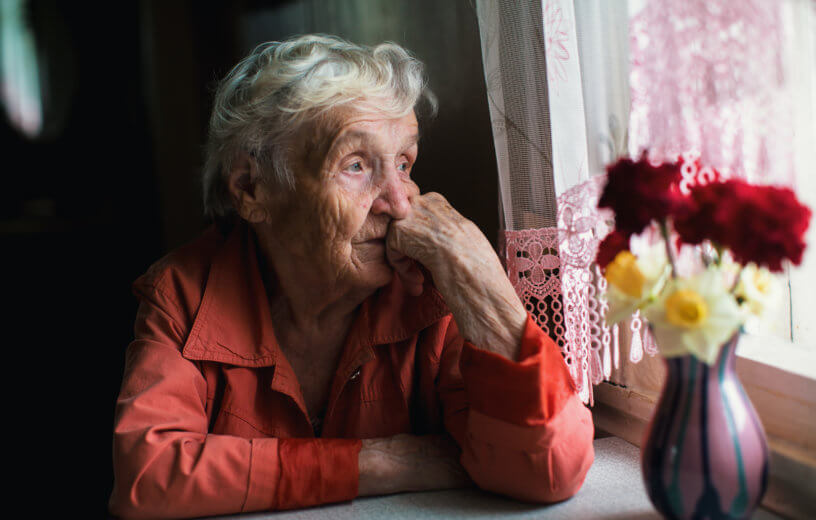OSLO, Norway — Isolation may be keeping many people safe from COVID-19, but what happens to those living alone when they have an accident? A new study finds people who live on their own are at greater risk of dying if they break their hip than those living with a partner.
Researchers from the University of Oslo say the chances of dying from a hip fracture are over 30 percent higher for men and 20 percent higher for women who live alone. The Centers for Disease Control and Prevention say over 300,000 people over age 65 suffer a hip fracture each year. The vast majority of those injuries occur when the person falls down.
The study finds while men under the age of 60 are particularly vulnerable to the effects of living alone, older women are also at risk. Researchers suspect this is because people living alone feel socially isolated and are more likely to have an unhealthy diet.
“Hip fracture is associated with excess mortality, persisting for many years after the fracture,” study author Dr. Cecilie Dahl says in the Journal of Bone and Mineral Research. “In this longitudinal cohort study, we considered whether living alone was a risk factor for post‐hip fracture mortality compared with living with a partner.”
Men face greater risks from isolation injuries
Researchers combined information on hip fractures from all hospitals in Norway between 2002 and 2013 with data from the National Population and Housing Census. Over 12.8 years, 12,770 men and 22,067 women between 50 and 79 years-old fractured their hip.
The results reveal men who live alone are 37 percent more likely to die as a result of their injuries. That number falls to just 23 percent among solitary women. Part of the cause for this increase in mortality could be loneliness and social isolation, the researchers suspect.
“Having social relationships has been linked to better immune functioning and to lower immune-mediated inflammatory processes over time and can be positive in all parts of life,” Dr. Dahl explains in a statement to SWNS. “Social support may also have an important buffering effect against stress during illness or trauma, such as when experiencing a hip fracture.”
The study adds solitary men tend to fracture their hip at a younger age than those living with a partner. In particular, men under the age of 60 have a higher relative mortality rate than women. Women living alone are more likely to break their hip at an older age compared to those with a companion.
Nutrition also plays role when you live alone
Lifestyle choices such as nutrition and alcohol consumption could also explain why people living alone are more at risk.
“Better nutrition may also play a role, as difficulty in preparing meals after a hip fracture has been found to predict one year mortality, and the prevalence of malnutrition in older patients with hip fractures is higher than in other community-dwelling older adults,” says co-author Dr. Kristin Holvik from the Norwegian Institute of Public Health. “Although a diverse group, unmarried Norwegian men are reported to have higher alcohol and receive less social support compared with those who are married.”
Making the situation even worse, the study notes people with underlying health conditions are also particularly vulnerable as treatment or surgery may have to be postponed. Researchers conclude that people living on their own who suffer a hip fracture require additional support.
“A patient’s living situation is attainable information that tailored fracture liaison services may need to make sure the patient stays compliant with prescribed medication and a bone-healthy diet,” Dr. Holvik explains. “In addition, further emphasis should be put on creating supportive social communities for senior citizens. These efforts may prove to become even more important in the future, as populations grow older.”
SWNS writer Tom Campbell contributed to this report.
